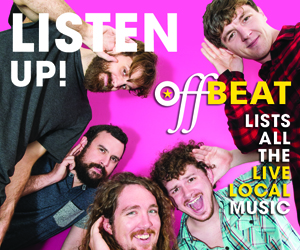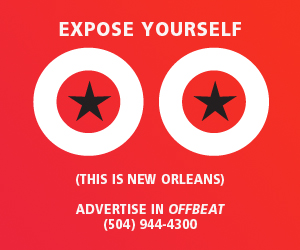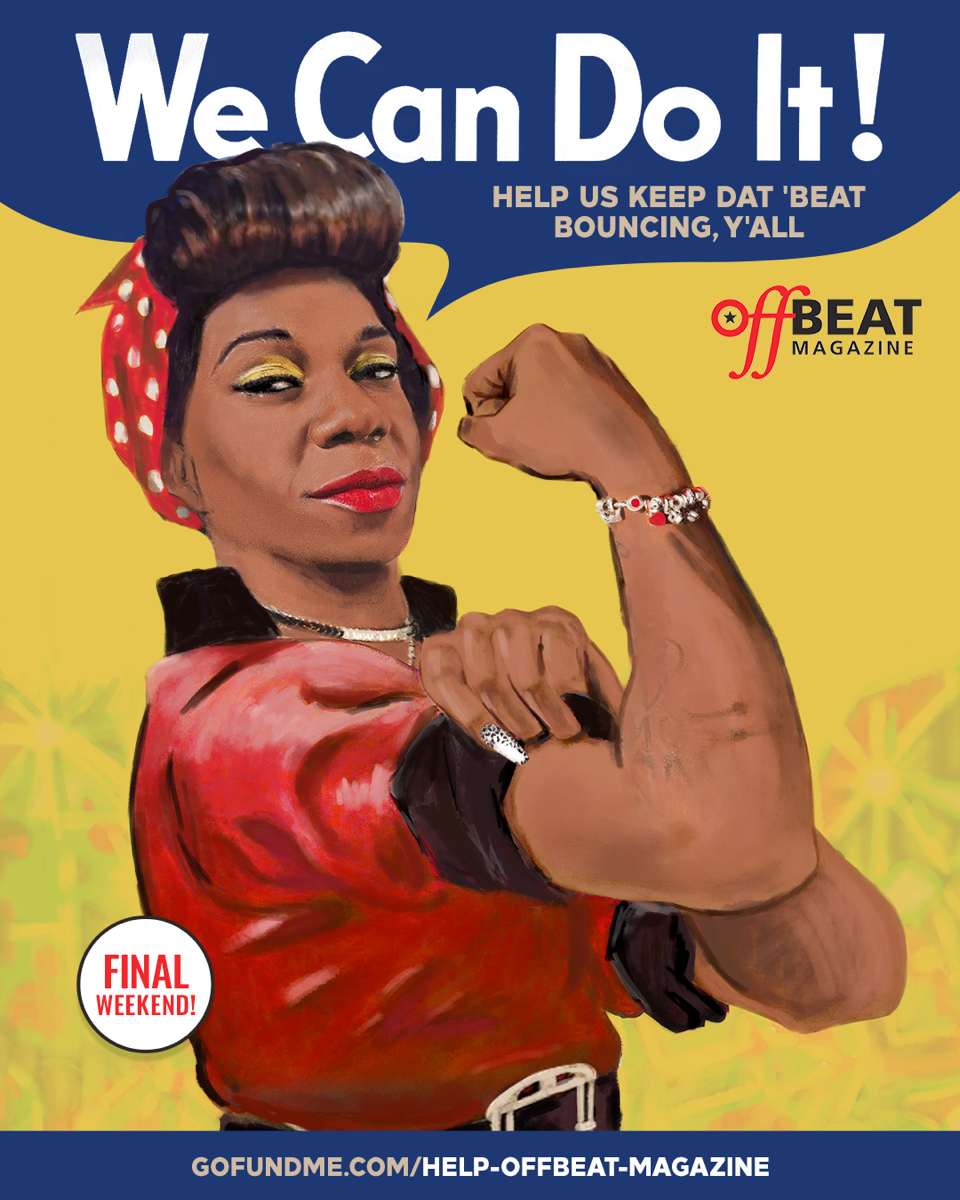 |
If there is an essential characteristic of New Orleans music, it’s the spirit of play. From the singles Cosimo Matassa produced and those Allen Toussaint wrote to Preservation Hall and the traditional jazz guys playing the dance music of the day, to the Neville Brothers, the Meters and the contemporary funkateers grooving-for-groove’s sake, the music exists for fun first. If anybody learns anything, cool, but neither New Orleans nor its music has ever been about a lofty social purpose.
That puts post-Hurricane Katrina benefit albums in an odd spot because they are sufficiently cause-conscious to be at odds with the spirit of the city’s music. Night Train Records’ New Orleans Will Rise Again may be musically marginal in the way it collects New Orleans soul and funk rarities from the ’60s, ’70s and ’80s, but it presents recordings that reflect the musical culture we’re worried about preserving. Sing Me Back Home and Our New Orleans have a lot to recommend them, but neither sounds as joyous as other recordings by the artists involved, and they’re certainly not as much fun as the artists live.
One of the wisest things about both albums is the song selection, choosing songs that weren’t written with Katrina in mind but that sound relevant nonetheless. John Boutte covers Annie Lennox’ “Why,” for example, and even though the verse has nothing to do with any natural disaster, when Boutte sings “Why” in the chorus, the word becomes all the questions anyone wanted answers to after the hurricane. Similarly, Dr. John’s treatment of “World I Never Made” on Our New Orleans doesn’t adapt the song to talk about New Orleans today, but its contemplative tone and the evocation of existential confusion is brilliantly apt.
 |
At some point, Our New Orleans does drift into the realm of the literal. Eddie Bo plays “When the Saints Go Marching In,” Preservation Hall Jazz Band does “Do You Know What it Means to Miss New Orleans” and Randy Newman performs “Louisiana 1927,” with its chorus, “They’re trying to wash us away.” Bo makes “Saints” into a solo piano rhumba that recalls Professor Longhair, but the choice is too obvious and worn, as is the version of “What a Wonderful World” by Wardell Quezergue’s Orchestra featuring Donald Harrison.
Fortunately, producers Joe Henry, Mark Bingham and Hal Willner, Ry Cooder and “American Routes” producer Nick Spitzer capture strong performances on tracks that frame the musicians’ charms effectively. In a move that seems counterintuitive, Henry focuses Allen Toussaint’s version of “Yes We Can Can” on Toussaint’s voice and not his piano. That sort of respect pays dividends with one of Toussaint’s most animated vocals in years. When Cooder treats Buckwheat Zydeco like a soul hero on the mournful waltz “Cryin’ in the Streets,” Buck rises to the challenge.
As strong as the individual performances are, there’s a tastefulness and air of importance to Our New Orleans that feels wrong, like it’s someone else’s vision of New Orleans. On Sing Me Back Home, there’s a similar self-consciousness, as if the artists involved are trying to re-create New Orleans instead of “being” New Orleans. As a result, there’s a stiffness to Irma Thomas’ collaboration with Marcia Ball on “Look Up” that probably isn’t there when performed live. Similarly, the take on the Meters’ “Loving You is On My Mind” is a little deliberate, hinting at how big the groove could be in concert.
Perhaps Leo Sacks and Ray Bardani’s production doesn’t quite capture the casual vibe Sacks’ mentions in his liner notes, or maybe the participants were conscious of the recording sessions in Austin, Texas as historic and momentous. Whatever the reason, there are a lot of good tracks — Henry Butler’s “Somewhere” and the Mighty Clouds of Joy’s “99 ½ Won’t Do” are first among them — but only Ivan Neville’s “Fortunate Son” and Cyril Neville’s “This Is My Country” feel as alive as the city does, even now.
Ivan remakes the Creedence Clearwater Revival classic so completely that he even disposes with the song’s signature guitar riff. In his hands, it becomes a funky indictment of class-based privilege, which in New Orleans inevitably evokes race issues at the same time. As pointed as the performance is, though, the anger is leavened by the joy in the performance, the fun of making a funky noise.
Cyril Neville’s cover of Curtis Mayfield’s “This is My Country” works a similar magic, made more complex by his critiques of New Orleans after Katrina. The song’s pledge of allegiance despite the challenges sounds as resonant from an evacuee addressing New Orleans as it does from an African American addressing America. His play with identities and relationships become exciting on a number of levels when he merges Mayfield’s soul with B-3-driven New Orleans funk. After the song modulates during the end vamp, Neville sings, “We the people / Let’s get it on,” celebrating unity wherever we find it, even on the dance floor.
Our New Orleans and Sing Me Back Home might not capture the spirit of play in New Orleans music, but very few modern albums have successfully caught it. Perhaps a reason New Orleans music has been so respected, loved and commercially marginal in modern times is that, like the city itself, it can only truly be understood in person. The elusiveness of New Orleans’ magic may also explain why these albums are sadly necessary, as it’s becoming abundantly clear that too few people in Washington get it.




